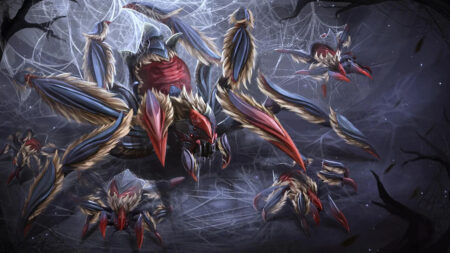Dota 2’s competitive meta can change at the drop of a hat. Professional players bring out fresh ideas and new schemes all the time, leading to an ever-evolving roster of heroes that seemingly change day-to-day.
In this Dota 2 hero tier list, heroes are roughly arranged in three tiers to signify their importance in the pro scene. About forty heroes are represented, though Dota 2’s balanced nature means that many more heroes are viable.
This isn’t an exhaustive list of the good heroes—they’re ranked by their popularity in the pro scene, where execution matters as much as the draft.
With a small 7.32e patch focusing on small hero buffs and nerfs, previous flavors of the month have seen very different fates. While some heroes — most notably Lina, arguably the best hard carry in 7.32d — have completely cratered, some continue to top the charts as best-in-class picks in their roles, including Broodmother, Death Prophet, and Nature’s Prophet.
- DreamLeague S19: Schedule, results, teams, where to watch
- DPC WEU 2023 Tour 2 Division 2: Schedule, results, format, teams, where to watch
Dota 2 hero tier list | March 2023
Tier one
- Broodmother
- Disruptor
- Beastmaster
- Death Prophet
- Ember Spirit
- Rubick
- Nature’s Prophet
- Pangolier
Broodmother
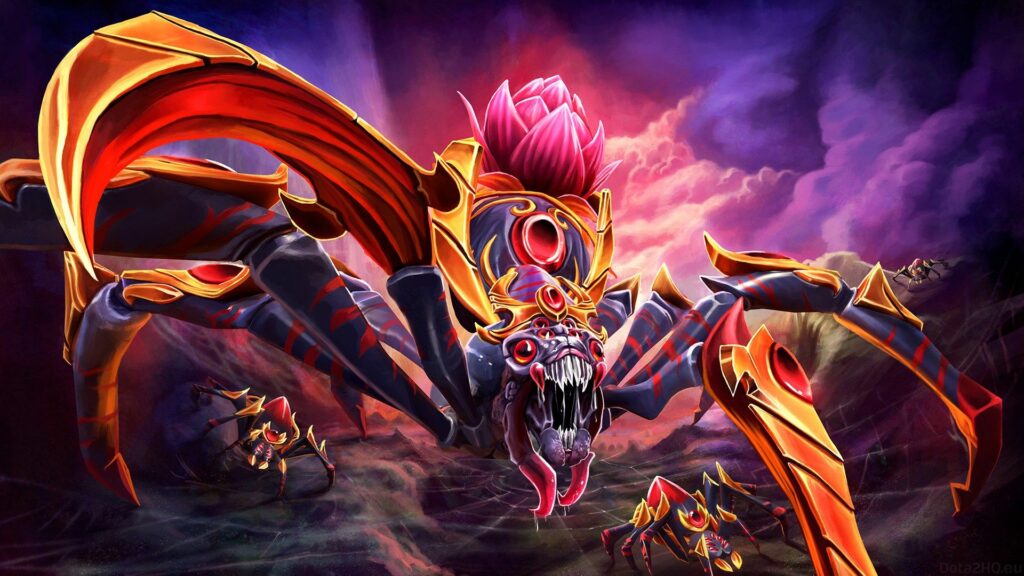
Known as the terror of pubs, Broodmother can be similarly horrifying against pro teams that fail to take precaution against her lane-winning and farming abilities. Despite continued nerfs in past patches after being arguably one of the heroes of the tournament at TI11, the Black Arachnia remains a terrifying infestation in the offlane.
Position three Brood focuses on transitioning into a teamfight hero with pure aura items like Guardian Greaves and Pipe of Insight. Even then, her farm does not suffer thanks to her baby Spiders, infesting every nook and cranny of the opponent’s lane and jungle. These are also valuable scouts, though their vision has thankfully been nerfed in 7.32d. Her annoyance extends to getting a disable of her own now, enabled by her Aghanim’s Scepter that grants the new ability Spinner’s Snare.
Even in games Broodmother lost, she destroyed her lane consistently. She can lose momentum, especially when her own team doesn’t fight around her. Her role is more of a bulky teamfighter rather than the annoying split-pusher of yore, and will likely receive even more nerfs.
Disruptor

Disruptor is the most popular support pick in the meta, despite being mostly untouched in the most recent patch.
The Stormcrafter is now a two-nuke support in lane, thanks to the addition of damage on Glimpse. It’s pretty substantial damage as well, tacked onto its forced movement — which continues to be a strong mechanic. It makes Disruptor a fantastic support at capitalizing on the barest kill opportunities when he’s ahead, pulling heroes from screens away for his team to wail away on.
He’s not half-bad playing from behind, either. No matter how much farm he has, Disruptor has arguably one of the most game-changing ultimates in the whole game. An Aghanim’s Scepter-upgraded Static Storm can completely destroy teamfights thanks to its AOE Silence and Mute, shutting down essential defensive spells and items like Black King Bar.
Beastmaster
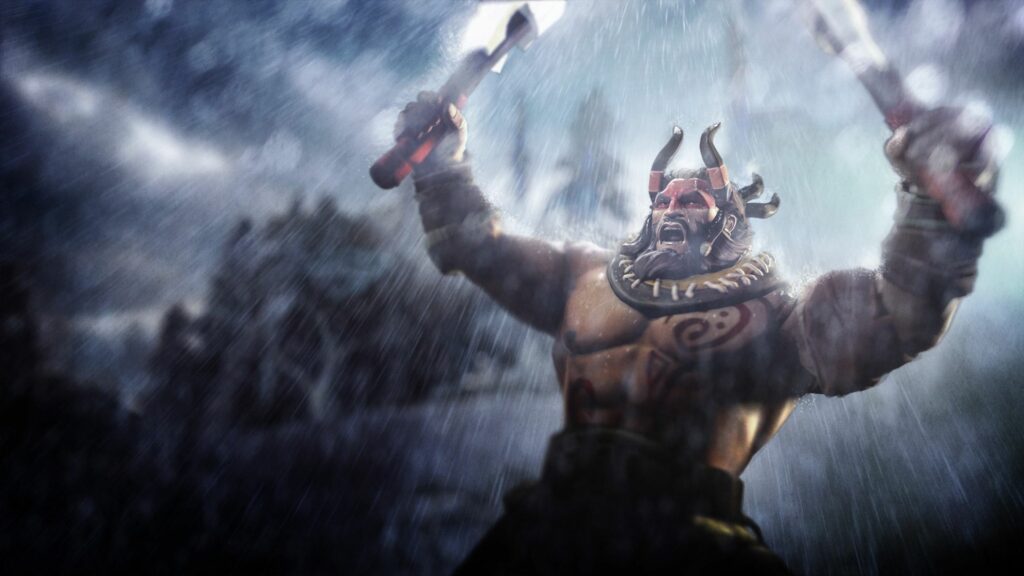
Despite sweeping nerfs to zoo strats, Beastmaster has returned to form as an oppressive offlaner.
Karroch’s standard build continues to revolve around Helm of the Overlord, but pros have adapted to the hero’s nerfed laning stage by maxing Wild Axes and buying Arcane Boots. Using his own Boar to stack Ancients, the hero is a capable stack farmer with maxed Axes. Then, the game plan proceeds as usual, using his Hawks and Overlord creep to take over the map. The Arcane Boots eventually becomes an Octarine Core, which brings his spell immunity-piercing Primal Roar down to 45 seconds — 22 when the level 25 talent is taken.
Surprisingly, some pros have experimented with purchasing Aghanim’s Scepter on the hero, which now grants Drums of Slom. It’s a soft counter to illusion carries like Naga Siren — a popular pick who’s a good counter to Beastmaster — and other heroes that like to get up close and personal. It deals a lot of damage, albeit on a long cooldown, but could be the hero’s next evolution when he feels counterpicked.
Death Prophet
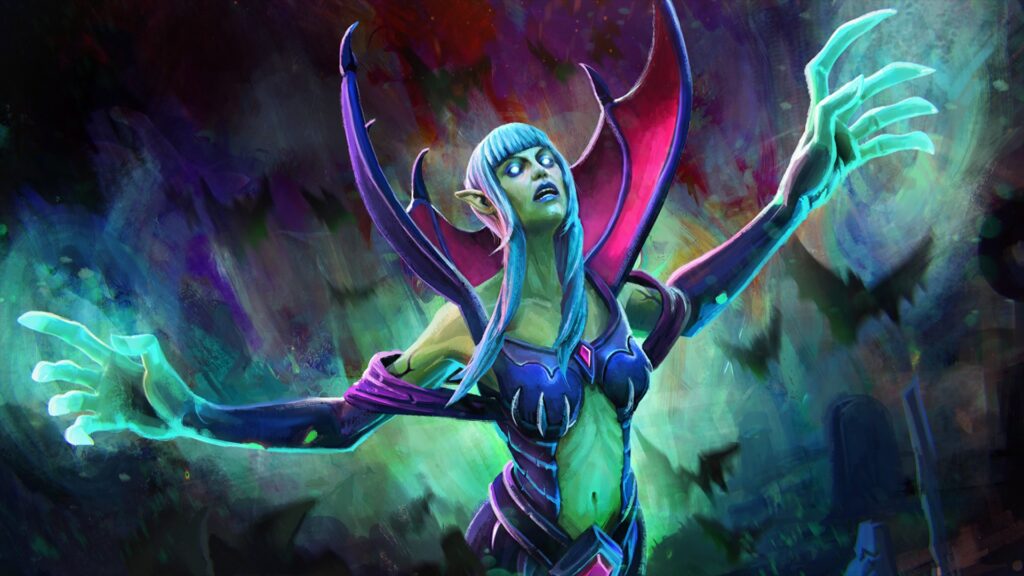
Death Prophet is one of the best offlaners in the meta, synergizing perfectly with the aura item of choice, Guardian Greaves.
Krobelus is a fantastic laner that’s almost impossible to push out. Crypt Swarm spam secures ranged creeps and harasses heroes in one long-range spell, so multiple Spirit Siphon charges makes going on her futile.
She’s also a flexible pick, with some teams like Evil Geniuses preferring her in the mid lane, where she retains her laning prowess.
Exorcism makes her an objective monster, whether for Roshan, towers, or teamfights. A long-duration, short cooldown Silence is a pesky disable for some heroes as well. She’s a malleable hero that can deal tons of damage even with purely defensive items, making her an ideal aura and utility buyer that makes her team stronger.
Ember Spirit

With small nerfs to several meta midlaners from patches past, Ember Spirit is back in vogue. He continues to be one of the best backline jumpers in the game, and outputs mixed damage with the best of them.
While some heroes are better than Ember Spirit at ganking, few are as efficient as him when it comes to staying on the map. What separates some of the best Ember players from the pack is the measured use of Fire Remnants, both as a tool to initiate on targets and to refresh his resources. With Orb of Corrosion and level four Sleight of Fist, he’s perhaps the hardest-hitting midlaner once the laning stage breaks, and can easily destroy underleveled supports and cores in the side lanes.
Later on, Ember remains one of the better-scaling heroes by pivoting to magic. Maelstrom, Aghanimn’s Scepter, and Kaya and Sange are popular items that let him be tanky while zipping through fights, proving a slippery menace that can completely blow up his targets.
Rubick
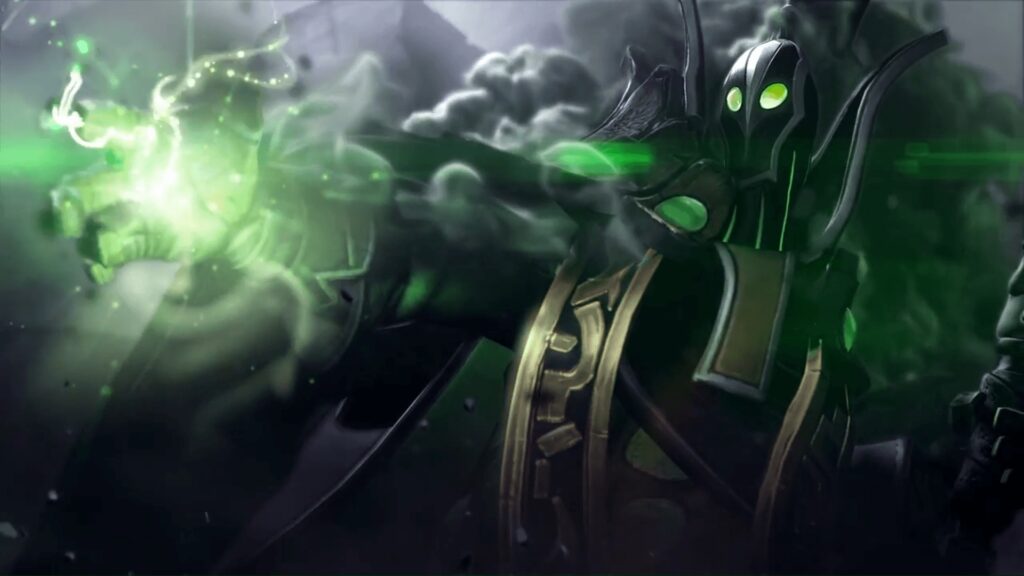
Rubick has been the beneficiary of multiple small buffs over the past few patches, which have now tipped him over as one of the best teamfight supports in the game.
The Grand Magus is rapidly gaining popularity in multiple positions, including as a five and two. Both benefit from his recent increase in base damage this patch, making him much more consistent at harassing and right-clicking.
The hero generally ventures along two paths. Mid and soft support Rubicks tend to focus on casting spells, going for items like Aether Lens, Blink Daggers, and Aghanim’s Scepter to steal powerful abilities and turn the tides of any teamfight.
The other way is to focus on repositioning, buying a Force Staff and Aghanim’s Shard as quickly as possible. These two powerful displacements can completely break combos on the other side, being especially effective against heroes like Magnus and Disruptor.
Plus, no matter how bad Rubick is as a hero, Spell Steal is a game-changing ultimate that puts off certain heroes simply by existing. Having all these small benefits combine into a hero borders on absurdity as to his limitless potential — whether as a teamfight god, or powerful savior.
Nature’s Prophet
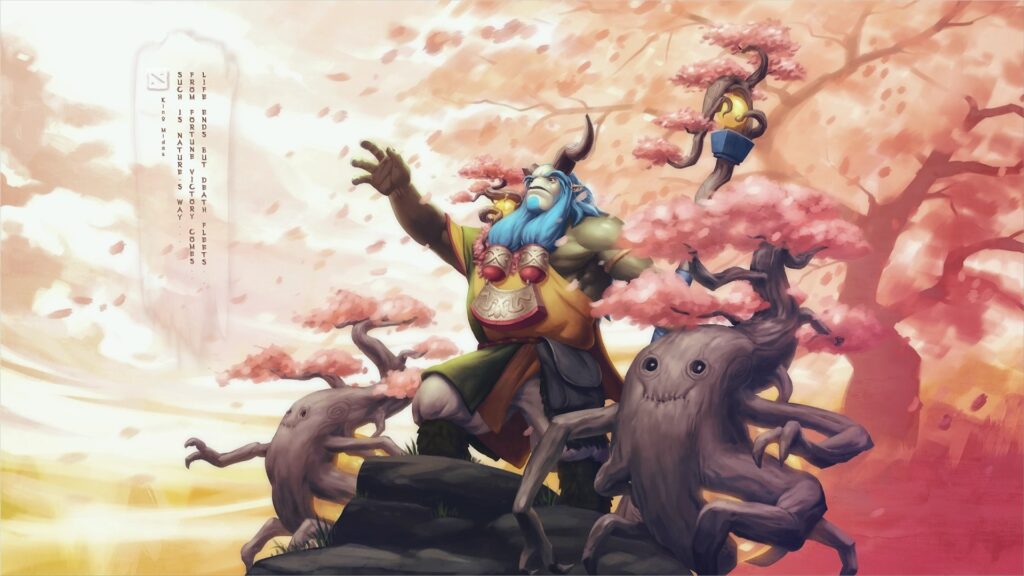
Nature’s Prophet is a hero that never seems to lose popularity, whether as a core or a support. This patch, Prophet is firmly a hero that plays in the sidelanes as a core, thanks to a reduction in his base attack time in 7.32b, leveraging his strong laning to completely crush any opposition.
The in-vogue build for carry Prophets is to go for a greedy Hand of Midas into Maelstrom — two farming items that ensure they are on top of the net worth charts at all times. The build often transitions into Black King Bar and Gleipnir, with more damage and pushing items like Assault Cuirass as luxury.
For offlane prophets, players seem to prefer rushing Aghanim’s Scepter. Though the upgraded skill isn’t new, pros have learned to abuse the powerful roots from Wrath of Nature to play the hero as a pseudo-initiator even without Teleporting. Then, players often transition into a right-click carry by taking dangerous farm only accessible to a hero as a mobile as Nature’s Prophet.
What sends the hero over the top is his absurd level 20 Sprout talents — one makes the spell Leash, and the other gives 100 percent miss chance. Even after a nerf that makes the Leash no longer pierce spell immunity — cue a sigh of relief for BKB cores and Pangoliers everywhere — it remains a valuable lockdown tool on a hero that can scale into one of the hardest-hitting cores late in the game.
Pangolier
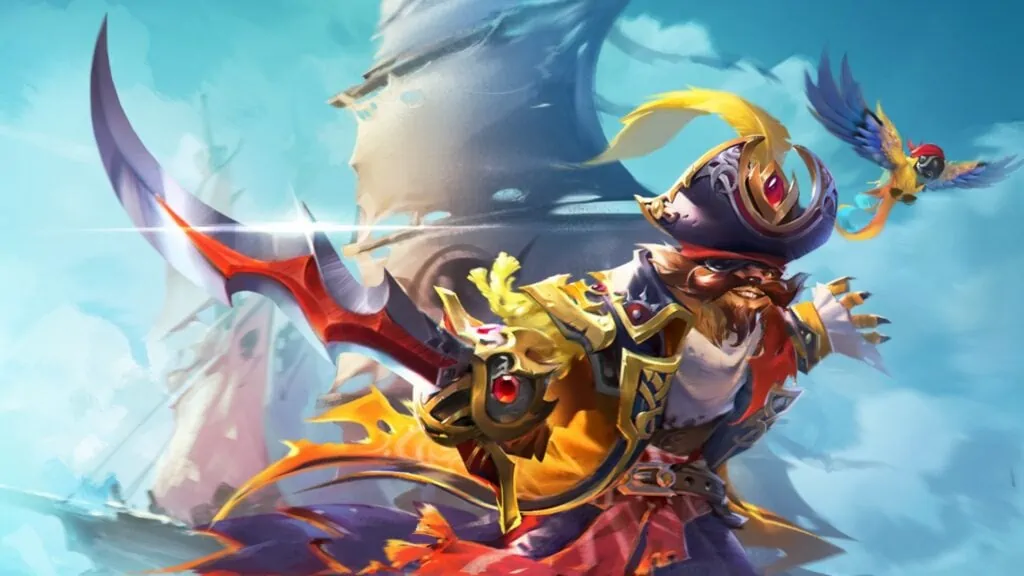
One of the game’s premier teamfighters that scale remarkably well into the late-game, Pangolier mostly serves as a midlaner, and can also be rarely found in the offlane as a flex pick.
Pangolier’s teamfight prowess is well-documented. Rolling Thunder can lock down key targets for extended durations. Swashbuckle and Shield Crash are annoying mobility spells that also deal a ton of damage, with Swashbuckle scaling with items like Diffusal Blade and Brigand’s Blade. Lucky Shot is also a strong, albeit unreliable disarm that can completely derail a right-click core’s battle plans. With items like Aghanim’s Scepter and Skull Basher, Rolling Thunder and Swashbuckle get even more of an upgrade.
All in all, Pangolier is a versatile initiator that can become a late-game powerhouse. Though his laning might not be the best, he more than makes up for it with oodles of damage and crowd control.
Tier two
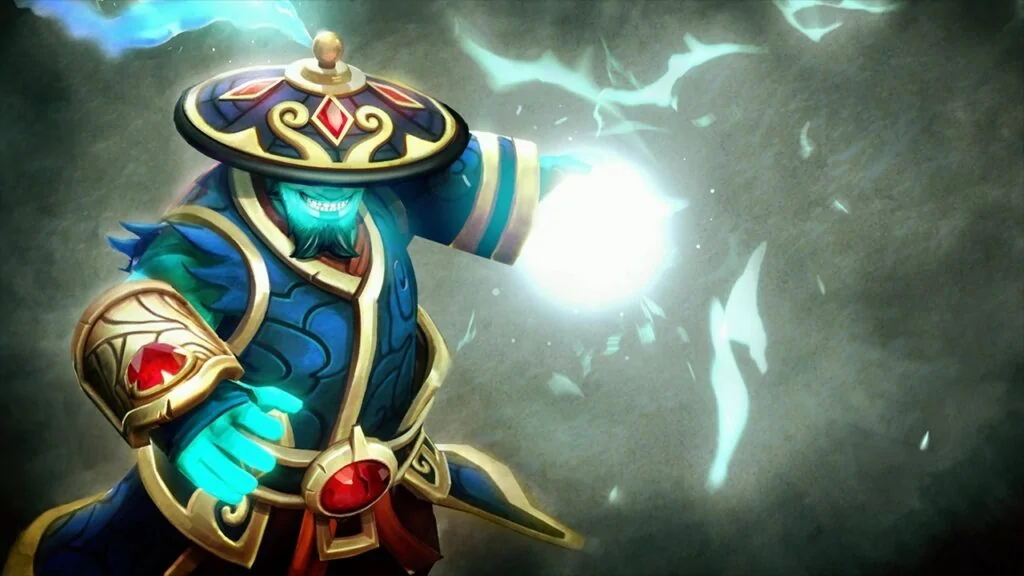
- Storm Spirit
- Anti-Mage
- Enchantress
- Batrider
- Undying
- Terrorblade
- Drow Ranger
- Doom
- Monkey King
- Primal Beast
- Clockwerk
- Puck
- Naga Siren
- Ursa
- Mirana
Tier two heroes are safe and stable picks that don’t usually warrant instant bans or picks. While not as oppressive as the heroes in tier one, they can be equally strong in a match that favors their skillset.
With nerfs to several meta mids, Storm Spirit is returning to style as a mobile ganker that can transition into one of the game’s best initiators. Witch Blade provides a huge mid-game damage boost for the hero, and a later Aghanim’s Scepter turns Electric Vortex into a mini-Black Hole on a 14-second cooldown.
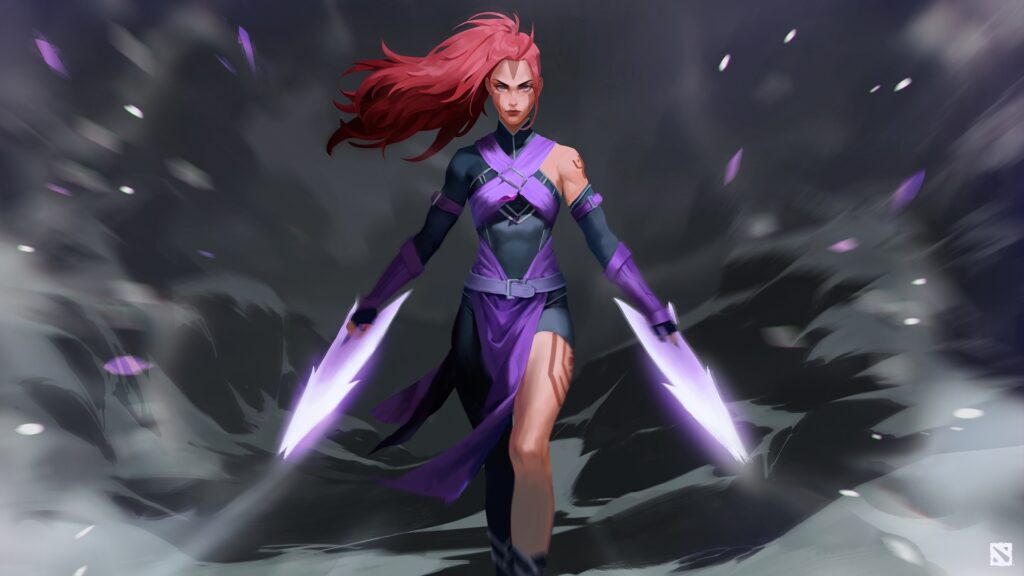
Of course, if Storm Spirit becomes popular, his eternal enemy, Anti-Mage, will also return to the forefront. What makes Anti-Mage a viable carry is the power of Vanguard, which combines well with Spell Shield to make him incredibly resistant to damage and lets him join early skirmishes. Otherwise, the hero functions essentially the same to all his past iterations — except Radiance makes an appearance now and then, instead of the classic Battlefury.
Tier three
- Night Stalker
- Riki
- Dragon Knight
- Tiny
- Snapfire
- Dark Seer
- Tusk
- Morphling
- Slark
- Lycan
- Bloodseeker
The heroes in tier three appear here and there, but are popular enough to be recognized as powerful additions to a team’s draft. They can be cheesy last picks that are impossible to deal with, mesh perfectly with a player or team’s play style, or serve as niche counters to some popular heroes.
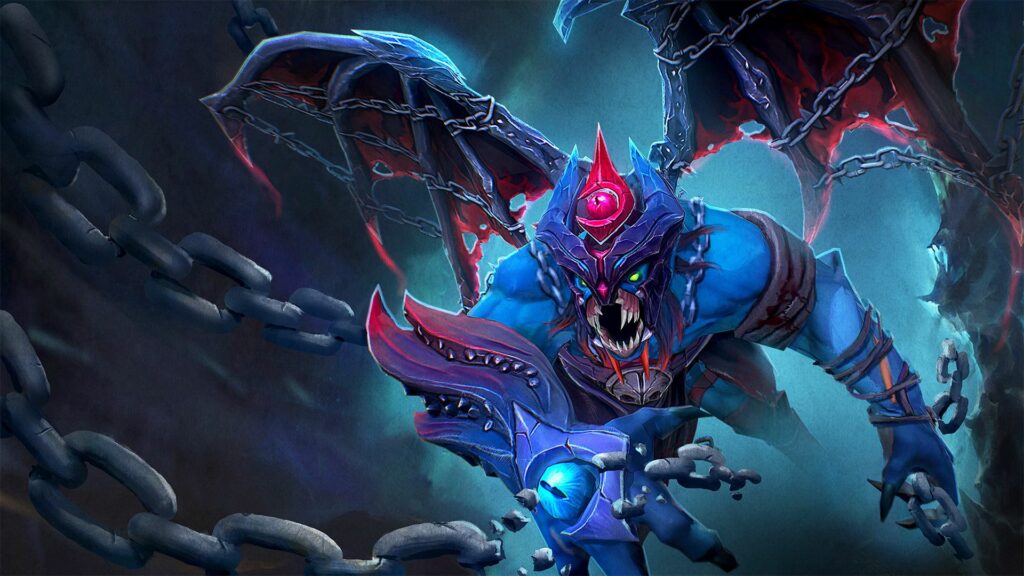
Night Stalker is slowly rising in popularity, mainly as a counter to Beastmaster. Purchasing Aghanim’s Shard lets him eat creeps — even Ancients at night — completely invalidating one of Beastmaster’s most powerful items. He’s even seeing play in the safelane, with builds varying wildly — sometimes Radiance, sometimes Armlet, and even straight Black King Bar.
Riki was perhaps the most domineering support in pubs last patch, thanks to the long range on Sleeping Dart. While it wasn’t super popular in pro games, it has since been nerfed.
He’s creeping back as a midlaner, buying Meteor Hammer. His great base stats means he’s difficult to push out of lane, and an early Ring of Health makes it even more impossible. Meteor Hammer gives him a way to clear creep waves and put pressure on towers, before going into the normal ganking build like Diffusal Blade and Shard.
READ MORE: All teams qualified for ESL One Berlin Major 2023
